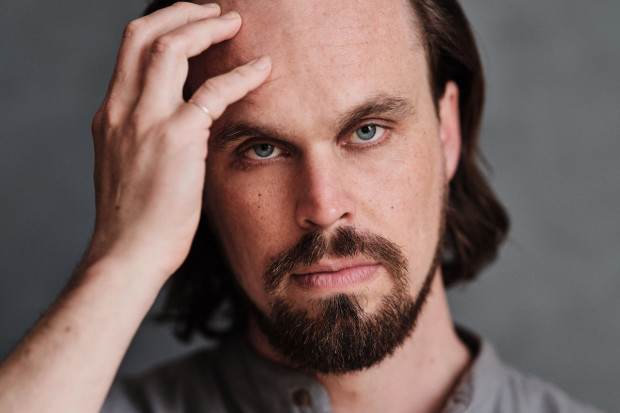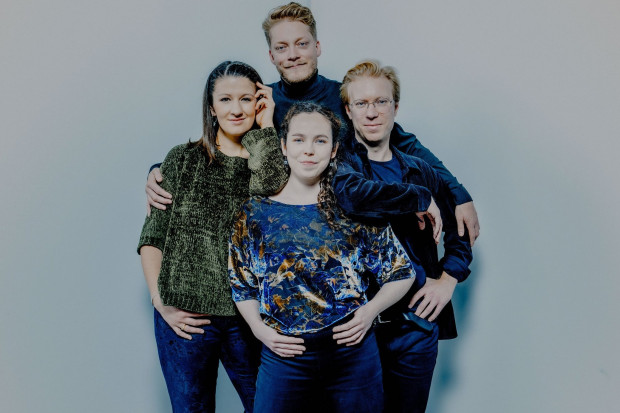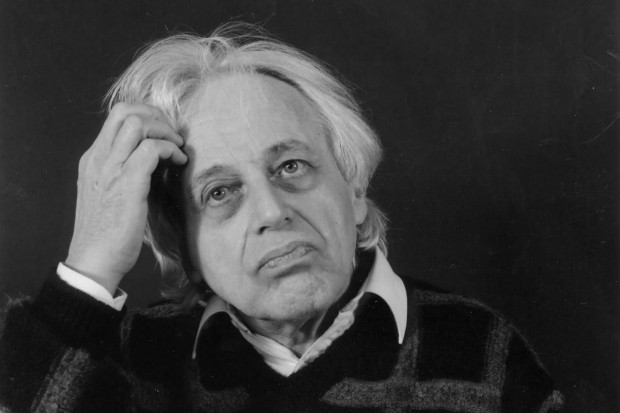Live Reviews: Music 21: Hugh Tinney / The Thing
Friday 28 September was a big day for Music 21, as this year’s program of events concluded with two radically different concerts. Lunchtime at the NCH saw Hugh Tinney take a fresh look at some contemporary piano works while the evening saw the Nordic trio The Thing deliver a strong dose of free jazz.
Hugh Tinney’s sensitivity and beauty of touch have long been devoted to the classical repertoire. That an Irish musician of such quality should take an increasing interest in the contemporary repertoire is a welcome development, both because he may bring some of his existing audience with him and because particularly interesting interpretations may result from the encounter between his fully formed sensibility and the contemporary works that attract him. The choice for this concert was interesting in itself. The first item was Estuaire, an early work by Tristan Murail, from a period when there are only hints of the Spectralism for which he is best known. With its bursts of energy and strong contrasts, this piece led nicely into Raymond Deane’s even more vigorous and varied Chorale, in which an aspiration towards a stable language comes under repeated attack. Written originally for the Guardian Dublin International Piano Competition, the revised work was most likely receiving its concert premiere. A serious but very enjoyable readjustment was demanded for what followed, Morton Feldman’s Palais de Mari. It is easy to see why this piece, with its hovering, meditative quality, should have appealed to a player as lyrical as Tinney. Though Gerald Barry admires Feldman (whose work can jangle as well as soothe the nerves), listeners had to leap (metaphorically) from the calmly horizontal to the strained tips of their toes for Sur les Pointes, with its sudden, braking silences, recollections and crashing chords. Under Tinney’s hands, the piece we thought we knew took on a sometimes unexpectedly airy quality while remaining a Gerald Barry work. This was a fascinating concert from start to finish.
And perhaps we should remind ourselves how fortunate we are that, as well as Tinney, we have other excellent interpreters of contemporary piano composition, such as Márta Erdei (who has featured in more than one Music 21 concert) or Izumi Kimura (who, a week later, was to give an exhilarating performance of short pieces by Irish composers at the Hugh Lane).
Not many of those who listened to Hugh Tinney came to hear The Thing in Dame Lane. This is not entirely surprising, though the indifference of many composers and interpreters of music for an instrument in one genre towards opportunities to hear a virtuoso player of the same instrument in another genre remains one of life’s mysteries. For openers, on Friday evening, we had the Irish guitar duo of Benjamin Dwyer and Mike Nielsen. In Bray, a year or more ago, they had taken some of their own compositions (including Dwyer’s Études) as starting points for wide-ranging improvisation. The mutual respect of the players is a constant, but this performance had a more ethnic, Spanish/African flavour, with a tendency to lock into forcefully repetitive, slowly shifting patterns. These players shouldn’t wait so long before playing together again; if they build up a momentum, they might really open up the language of surprise.
The Thing – Paal Nilssen-Love in rattlesome form on percussion, Ingebrigt Håker Flaten keeping everything together on bass and Mats Gustafsson fronting on baritone sax and slideophone – will play entirely free, work from compositions of their own or play around with songs by White Stripes, Lightning Belt or the like. (Was there something a little over-emphatic, over-deliberate, about Gustafsson’s punky language and stage manner on the night?) If The Thing are renowned for their full-on, all-in approach, each player is also more than capable of working the quiet end of the spectrum. On this occasion, there was some garage rock-style riffing but, while The Thing played energetically and with a sense of mutual enjoyment, they did not fall into that unvarying high intensity that can create a monotony of its own. In fact, in quite a number of pieces, a strong plaintive note was sounded, as if Albert Ayler had been transposed to baritone and reconceived for today’s musical world. (For another aspect of Gustafsson’s relationship with Ayler, the solo CD Catapult is well worth a listen.) Though there was fine playing all the way through, including some impressively choppy slideophone work, it was on one groaning, yearning piece, near the end, that the group really hit their peak.
Published on 1 November 2007
Barra Ó Séaghdha is a writer on cultural politics, literature and music.

















